Breast Cancer
Breast cancer begins when healthy cells in the breast change and grow out of control, forming a mass or sheet of cells called a tumor. A tumor can be cancerous or benign.
A cancerous tumor is malignant, meaning it can grow and spread to other parts of the body.
A benign tumor means the tumor can grow but will not spread
STAGE IV BREAST CANCER (METASTATIC)
Although breast cancer most commonly spreads to nearby lymph nodes, it can also spread further through the body to areas such as the bones, lungs, liver, and brain.

This is called metastatic or stage IV breast cancer and is the most advanced type of breast cancer. However, the involvement of lymph nodes alone is generally not stage IV breast cancer
If breast cancer comes back after initial treatment, it can recur locally, meaning in the same breast and/or regional lymph nodes. It can also recur elsewhere in the body called a distant recurrence or metastatic recurrence.
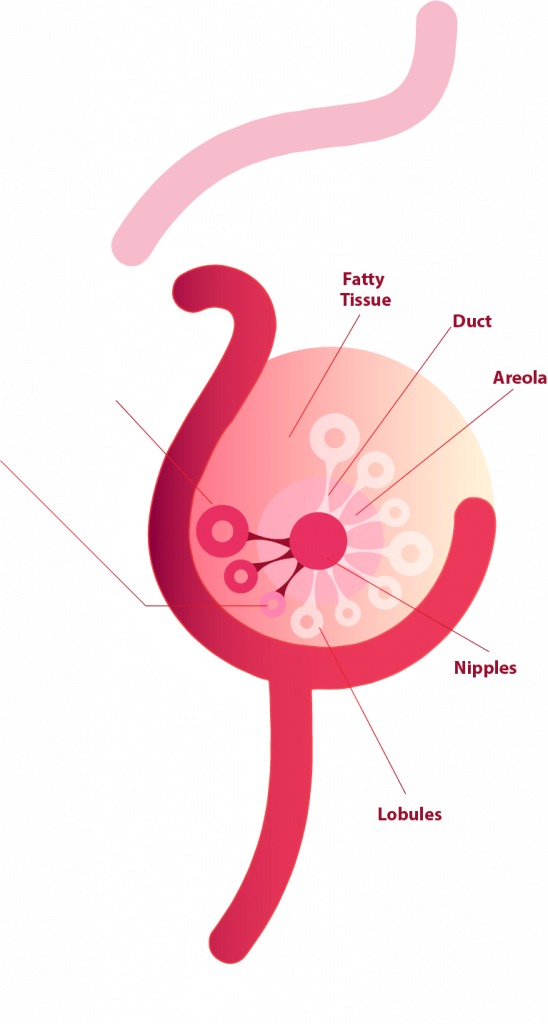
STAGES OF
BREAST CANCER

Abnormal cells are present but have not spread to nearby tissue

Early Stage: Cancer has spread to other tissue in a small area

Localized: The tumor is between 20-50mm and some lymph nodes are involved or tumor larger 50mm with no lymph nodes involved

Regional Spread: Tumor is larger than 50mm, with more lymph nodes involved across a wider region. In cases where there are no tumor present, cancer may have spread to skin or chest wall

Distant Spread: Cancer has spread beyond the breast to other past of the body also know as Metastatic
CAUSES AND RISK FACTORS
After puberty, a woman’s breast consists of fat, connective tissue, and thousands of lobules. These are tiny glands that produce milk for breastfeeding. Tiny tubes, or ducts, carry the milk toward the nipple.
Cancer causes the cells to multiply uncontrollably. They do not die at the usual point in their life cycle. This excessive cell growth causes cancer because the tumor uses nutrients and energy and deprives the cells around it. Breast cancer usually starts in the inner lining of milk ducts or the lobules that supply them with milk. From there, it can spread to other parts of the body.
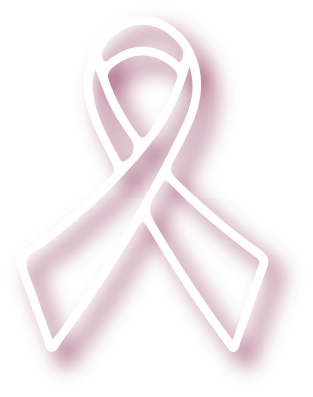
RISK FACTOR

Being Woman
Aging
Genetics
Family history of Breast Cancer

Overweight

Alcoholism

Smoking
Exposure to Radioactivity
SYMPTOMS OF BREAST CANCER
The majority of women with breast cancer do not have any body changes (signs) or symptoms when they are first diagnosed with breast cancer.
1
A lump that feels like a hard knot or a thickening in the breast or under the arm.
2
Change in the size or shape of the breast.
3
Nipple discharge that occurs suddenly, is bloody, or occurs in only one breast.
4
Physical changes, such as a nipple turned inward or a sore located in the nipple area.
5
Skin irritation or changes, such as puckering, dimpling, scaliness, or new creases.
6
A warm, red, swollen breast with or without a rash with dimpling resembling the skin of an orange, called “peau d’orange”.
7
Pain in the breast, particularly breast pain that does not go away. Pain is not usually a symptom of breast cancer, but it should be reported to a doctor.
WHEN TO SEE A DOCTOR
If you find a lump or other change in your breast — even if a recent mammogram was normal — make an appointment with your doctor for prompt evaluation.
BREAST CANCER DIAGNOSIS
Your doctor may be able to make the diagnosis just by talking with you about your symptoms. However, to confirm the diagnosis, one of several tests should be taken.

MAMMOGRAM
A mammogram is an X-ray of the breast. Mammograms are commonly used to screen for breast cancer. If an abnormality is detected on a screening mammogram, your doctor may recommend a diagnostic mammogram to further evaluate that abnormality.


BREAST BIOPSY
This procedure is the only definitive way to make a diagnosis of breast cancer. During a biopsy, your doctor uses a specialized needle device guided by an X-ray or another imaging test to extract a core of tissue from the suspicious area. Biopsy samples are then sent to a laboratory for analysis where experts determine whether the cells are cancerous.
MONTHLY SELF-EXAMINATION IN A MINOR



SELF-EXAMINATION WITH FINGERS
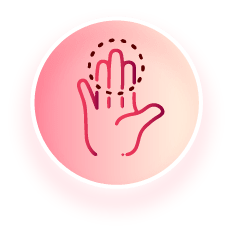

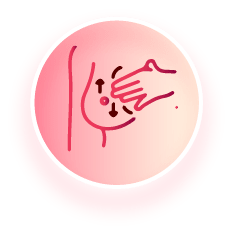
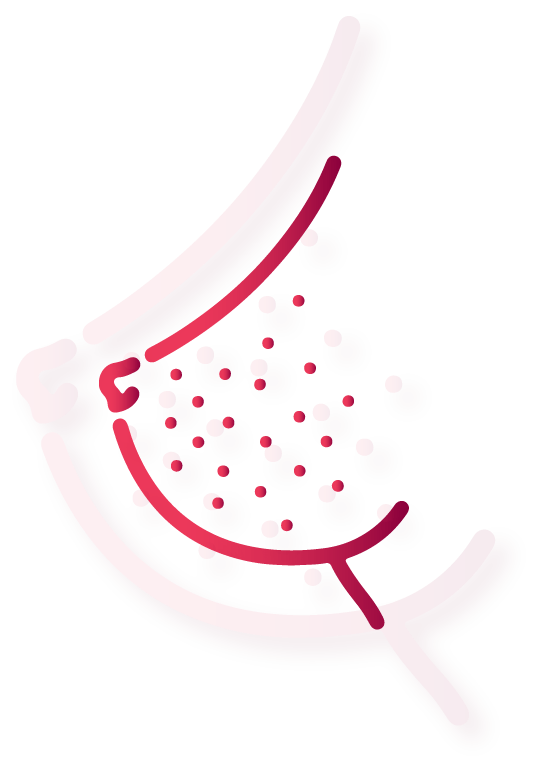


TREATING BREAST CANCER
Your doctor determines your breast cancer treatment options based on your type of breast cancer, its stage and grade, size, and whether the cancer cells are sensitive to hormones. Your doctor also considers your overall health and your own preferences.
Most women undergo surgery for breast cancer and many also receive additional treatment after surgery, such as chemotherapy, hormone therapy, or radiation.
Chemotherapy might also be used before surgery in certain situations
BREAST BIOPSY
Lorem ipsum dolor sit amet, consectetur adipiscing elit. Ut elit tellus, luctus nec ullamcorper mattis, pulvinar dapibus leo. Lorem ipsum dolor sit amet, consectetur adipiscing elit. Ut elit tellus, luctus nec ullamcorper mattis, pulvinar dapibus leo.
Lorem ipsum dolor sit amet, consectetur adipiscing elit. Ut elit tellus, luctus nec ullamcorper mattis, pulvinar dapibus leo. Lorem ipsum dolor sit amet, consectetur adipiscing elit. Ut elit tellus, luctus nec ullamcorper mattis, pulvinar dapibus leo.

Removing a limited number of lymph nodes (sentinel node biopsy) or several (axillary lymph node dissection)
Removing both breasts. (contralateral prophylactic mastectomy) due to genetic predisposition or strong family history.

Radiation Therapy
Radiation therapy for breast cancer uses high-energy X-rays, protons or other particles to kill cancer cells. Radiation therapy may be used to treat breast cancer at almost every stage. It is an effective way to reduce your risk of breast cancer recurring after surgery. In addition, it is commonly used to ease the symptoms of metastatic breast cancer.

Chemotherapy
is a treatment that uses anti-cancer drugs to destroy cancer cells. It works by interfering with the cancer cells’ ability to divide and grow. Different chemotherapy drugs work in different ways and a combination of drugs is often used. Chemotherapy affects cells throughout the body and can cause side effects.

Hormone Therapy
This is used to treat breast cancers affected by hormones, like estrogen and progesterone. The breast cancer cells have receptors (proteins) that attach to estrogen and progesterone, which helps them grow. Hormone therapy stops the hormones from attaching to these receptors. It's recommended for women with tumors that are hormone receptor-positive. It does not help women whose tumors don't have hormone receptors.
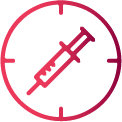
Targeted Drug Therapy
Targeted therapy, also called biological therapy, are drugs that block the growth and spread of cancer. They target and interfere with processes in the cells that help cancer grow. The type of targeted therapy you’re offered will depend on the features of your breast cancer.Some people have targeted therapy after surgery to reduce the chances of their breast cancer coming back. Sometimes targeted therapy is given before surgery to shrink a larger cancer before it’s removed.

Immunotherapy
Immunotherapy is the use of medicines to stimulate a person’s own immune system to recognize and destroy cancer cells more effectively. Immunotherapy can be used to treat some types of breast cancer. An important part of the immune system is its ability to keep itself from attacking normal cells in the body. To do this, it uses “checkpoints,” which are proteins on immune cells that need to be turned on (or off) to start an immune response. Breast cancer cells sometimes use these checkpoints to avoid being attacked by the immune system. Drugs that target these checkpoint proteins, help to restore the immune response against breast cancer cells.

Supportive (palliative Care)
Palliative care describes treatments that reduce pain and other symptoms but don't fight the disease. Palliative care works to help a person feel as comfortable as possible. These treatments can be given at home or in the hospital. Palliative care can be used at any time during any phase of cancer treatment — early-stage, recurrent/locally advanced-stage, or metastatic. The goal is to reduce pain and discomfort and increase quality of life.
LIFESTYLE
These healthful habits can help people manage their Breast Cancer:
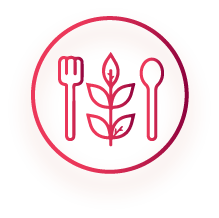
Keep a healthy diet

Stop or limit alcohol intake
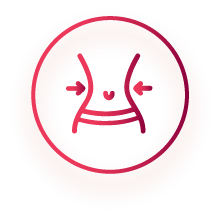
Maintain a healthy weight

Be physically active

Breast-feed

Limit postmenopausal hormone therapy
Can a healthy diet prevent breast cancer?
Eating plant-based foods, such as fruits and vegetables, whole grains, legumes, and nuts helps to prevent cancer. People who follow the Mediterranean diet choose healthy fats, such as olive oil, over butter and eat fish instead of red meat.
Can a healthy diet prevent breast cancer?
There’s some evidence that hormonal contraception, which includes birth control pills and IUDs that release hormones, increases the risk of breast cancer. But the risk is considered very small, and it decreases after you stop using hormonal contraceptives.
Be vigilant about breast cancer detection. If you notice any changes in your breasts, such as a new lump or skin changes, consult your doctor. Also, ask your doctor when to begin mammograms and other screenings based on your personal history.
